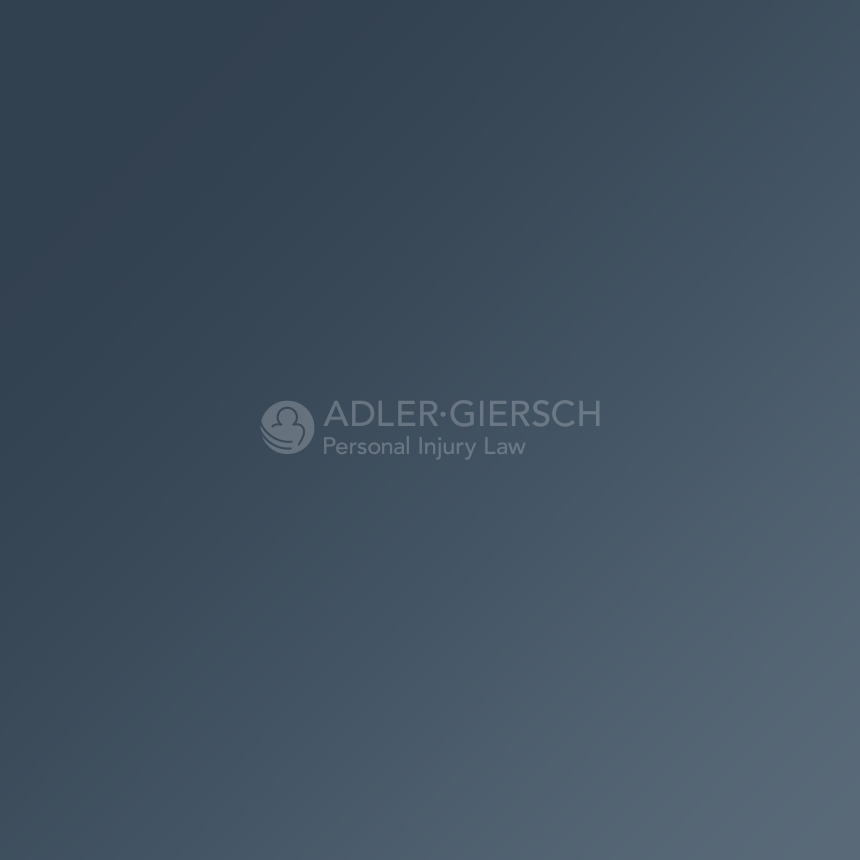Over 1.4 million individuals sustain traumatic brain injuries each year in the United States. Between 400,000 and 500,000 of these head injuries are severe enough to require hospitalization annually. The financial cost of the diagnostic and rehabilitative/medical programs for traumatic head injury is estimated to be 3.9 billion dollars per year. The cost to society is far greater when one considers how traumatic head injuries may prevent individuals from achieving their full potential and contributing to society, while disrupting the lives of their family and friends.
Head injuries are generally classified as “open” or “closed.” An open head injury is one in which damage to the brain is caused by a fracture or penetrating wound. In a penetrating head injury, the dural covering of the brain has been breached by an object, such as a bullet or a piece of fractured skull. In such cases, damage is more likely to be “focal” -that is, the symptoms (such as post-traumatic epileptic seizures) derive specifically from the precise area of the brain damaged by the intrusive object.
Closed-head injuries are much more common and often cause “diffuse” damage. The clinical effects of a traumatic closed head injury may be less “visible” to the health care practitioner, making closed-head injuries more complicated to assess and treat.
The injury causing traumatic event itself may be a trip and fall, a blow to the head, or the head striking a stationary object, as in a motor vehicle collision or pedestrian motor vehicle incident. Minor traumatic head injury may also occur with a severe whiplash injury, even if the head is not struck, especially if the injury causing event involves some rotation of the head in addition to linear movement. This type of closed-head injury results when sudden acceleration/deceleration forces to the head cause the surface of the brain to become bruised after impact with the inside of the skull.
When the head is shaken violently, the mechanical force of this motion is transmitted to the brain, and fine, thread-like nerve cells can become stretched. This stretching can temporarily alter the electrochemical functioning of the cells creating functional impacts.
Traumatic closed-head injuries may include a variety of symptoms such as headaches, ringing in the ears, and dizziness, somewhat similar to those experienced following an acute acceleration/deceleration injury to the cervical spine. Unlike a neck injury, however, a closed-head injury may also present other symptoms, including photophobia, hypersensitivity to sound and fatigue, memory problems, difficulty with concentration and attention, and diminished abstract thinking.
A more specific, focal brain injury can occur even without an external, direct impact to the head because of the uneven, rough surface of the inner skull. With acceleration/deceleration head injuries, focal trauma is most often seen in the areas of the frontal and temporal lobes. The corresponding deficits seen with these types of injuries are in the areas of learning, memory, planning, organization, attention, concentration, and emotional control.
With more severe head injuries, there is a rough correlation between the length of unconsciousness and severity of injury. When loss of consciousness lasts less than an hour, however, there is no demonstrable relationship between length of unconsciousness and severity of problems. It is possible for significant, long-term deficits to occur in the absence of any documentable loss of consciousness.
In recent years, studies have shown deficits in attention, memory, judgment, and concentration are typically present for many months following a minor traumatic brain injury and may last much longer. These more diffuse injury symptoms tend to encompass disruption of the overall speed, efficiency, and integration of mental processes, generally becoming obvious only under real-world conditions of work and home environment, stress, fatigue, or anxiety. These types of deficits are easily overlooked in the clinical setting as there is no readily detectable damage to the brain. Detectable or not, damage to the white matter of the brain and resulting concussion-like symptoms may occur with or without loss of consciousness or direct impact to the head.
If any of your patients have symptoms related to traumatic post-concussion syndrome, they may very well have sustained a traumatic head injury. These symptoms include headaches with nausea, memory loss, double vision, loss of concentration, decreased attention span, increased sensitivity to distractions, etc. If these symptoms do not resolve within four to six weeks, you need to refer your patient to a neurologist for an evaluation and/or a neuropsychologist for testing to provide further evaluation and documentation of the traumatic head injury and to rule out more significant injury. The results of this evaluation may necessitate close monitoring and/or cognitive re-training and assistance to the patient.
Recent research has shown acknowledgment, assessment, and treatment can diminish the secondary, post-concussion syndrome or minor traumatic brain injury effects by giving your patient necessary coping skills and stabilizing their “sense of self.” This in turn, enables the patient to focus their attention and energy on their physical recovery.
Finally, it is also prudent to advise your patient to consult with an attorney specializing in personal injury, brain trauma, and insurance law as traumatic brain injuries often present challenging issues which must be handled effectively to enable the injured person to obtain care and bring about the successful resolution of their claim.
1 R. Giordani Rimel, J.B. Barth, T. Boll, and J. Jane, Disability Caused by Minor Head Injury, Neurosurgery, pp. 221-228 (1981); M. Rosenthal, Traumatic Head Injury: Neurobehavioral Consequences, Rehabilitation Psychology Desk Reference, pp. 57-63 (1987).
2 Edward Wolpow, M.D., Mild Head Injury: After The Fall, Harvard Health Letter, Vol. 16. No. 6. (1991).
3 R. Lynch, Traumatic Head Injury: Implications for Rehabilitation Counseling, Journal of Applied Rehabilitation Counseling, pp. 3, 32-35, (1983).
4 Thomas Kay, Ph.D. Minor Head Injury: An Introduction For Professionals, Head Trauma Research Project, New York University Medical Center (1986).
5 D. Davidoff, H. Kessler, D. Laibstain, D. Mark, Neurobehavioral Sequelae of Minor Head Injury: A Consideration of Post-Concussion Syndrome vs. Post-Traumatic Stress Disorder, Cognitive Rehabilitation, pp. 8-12 (1988).
